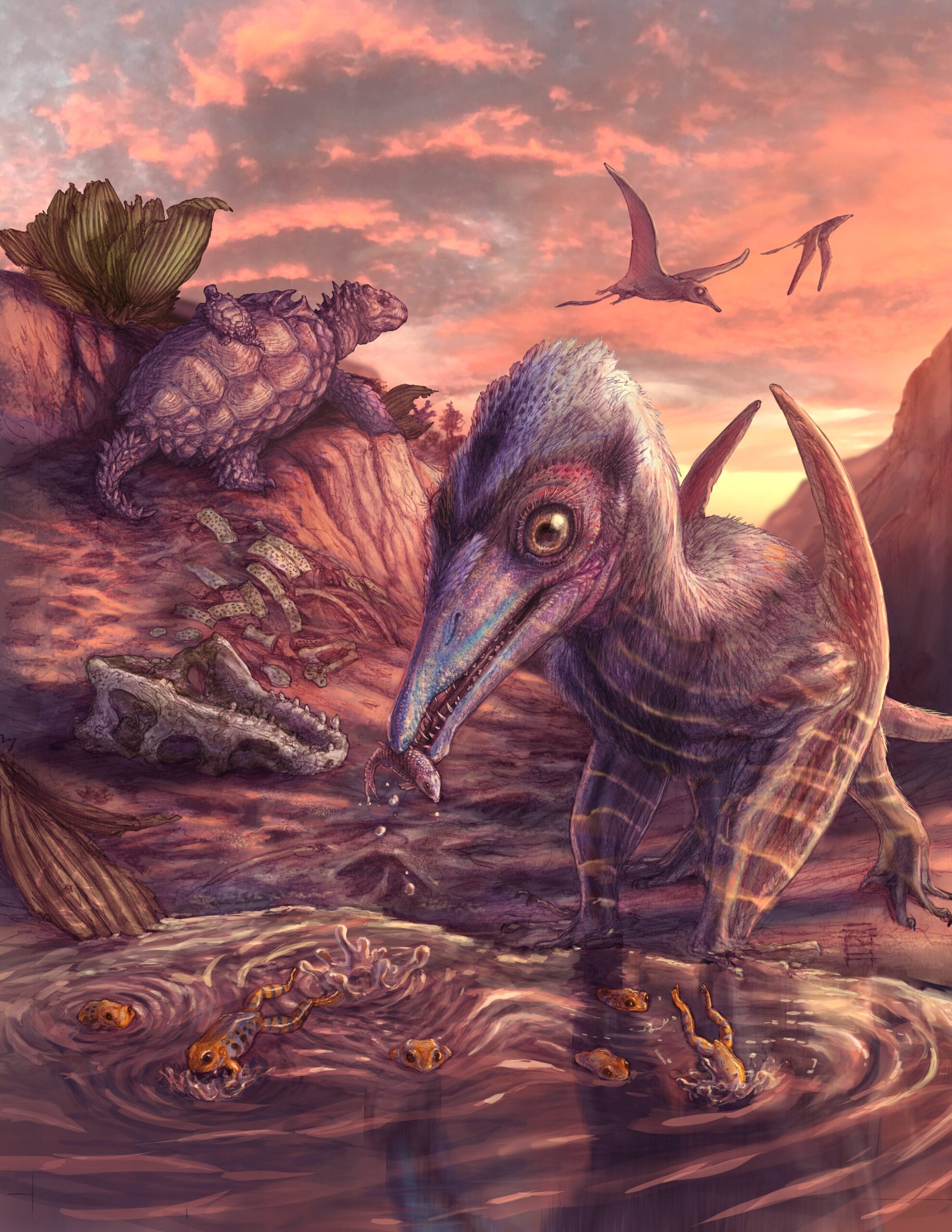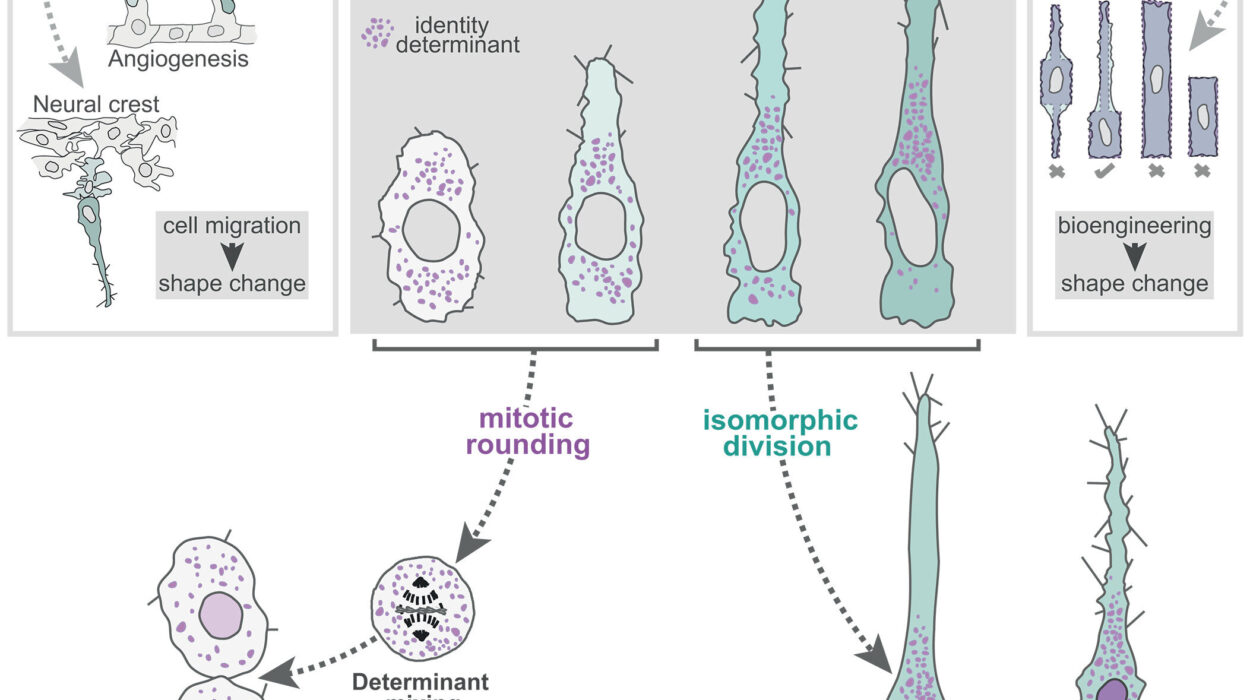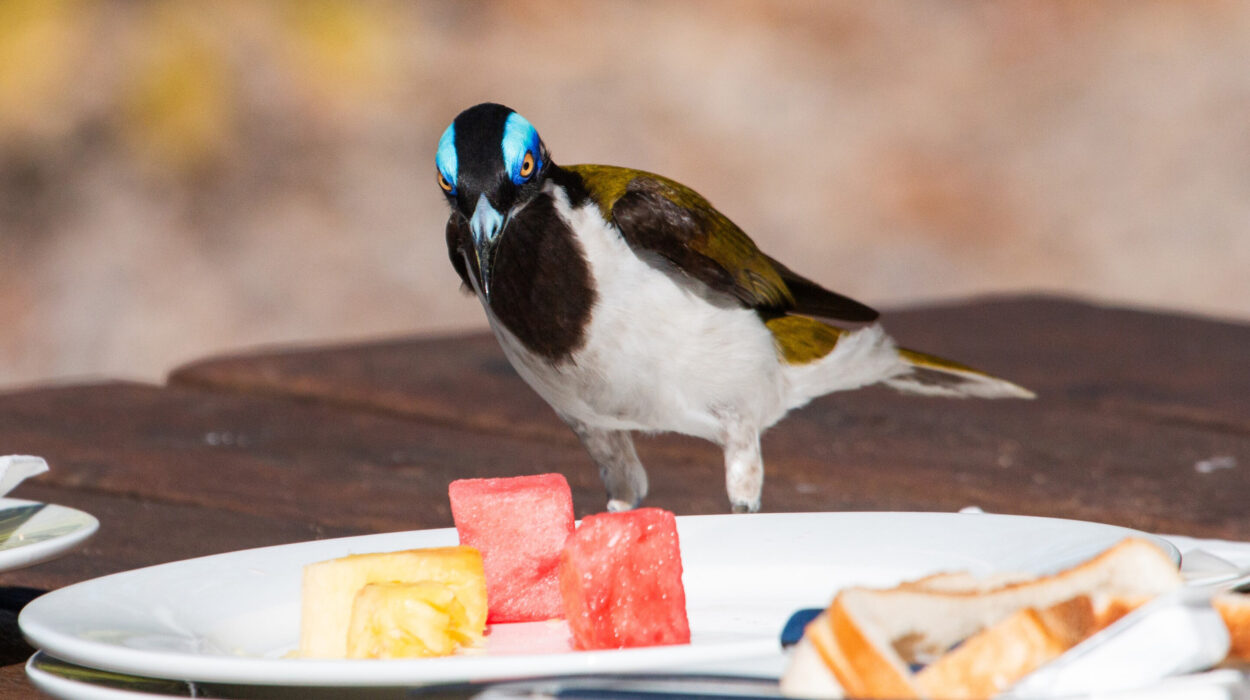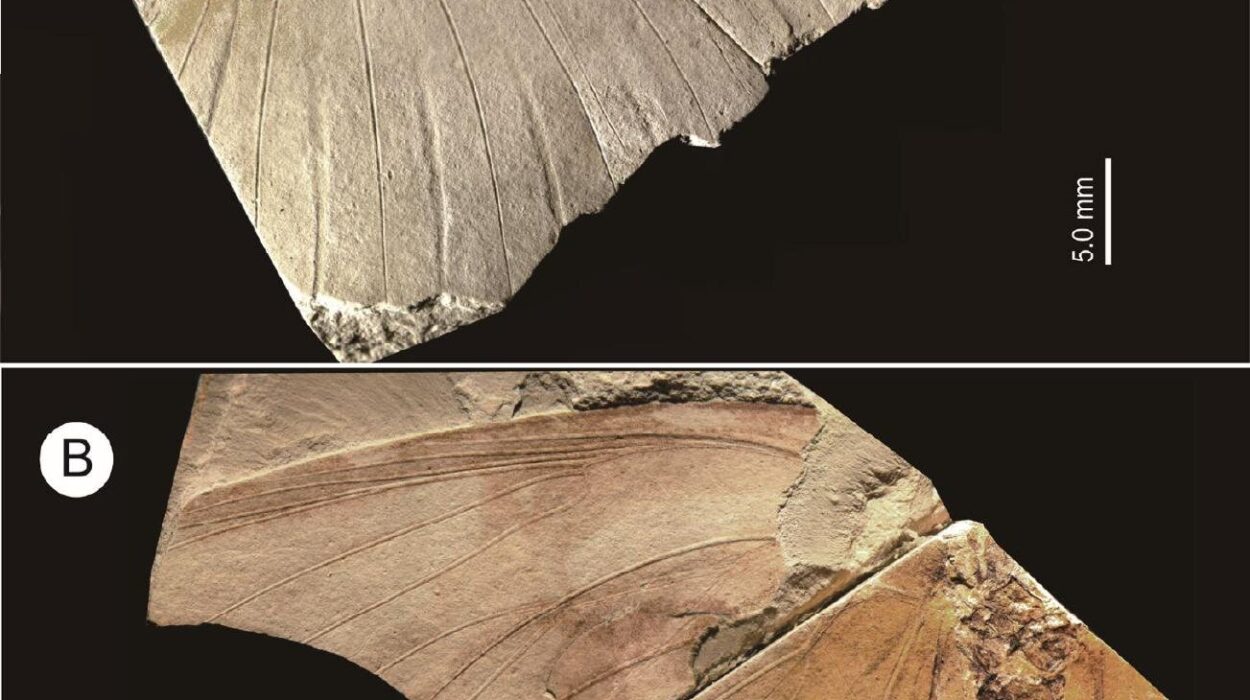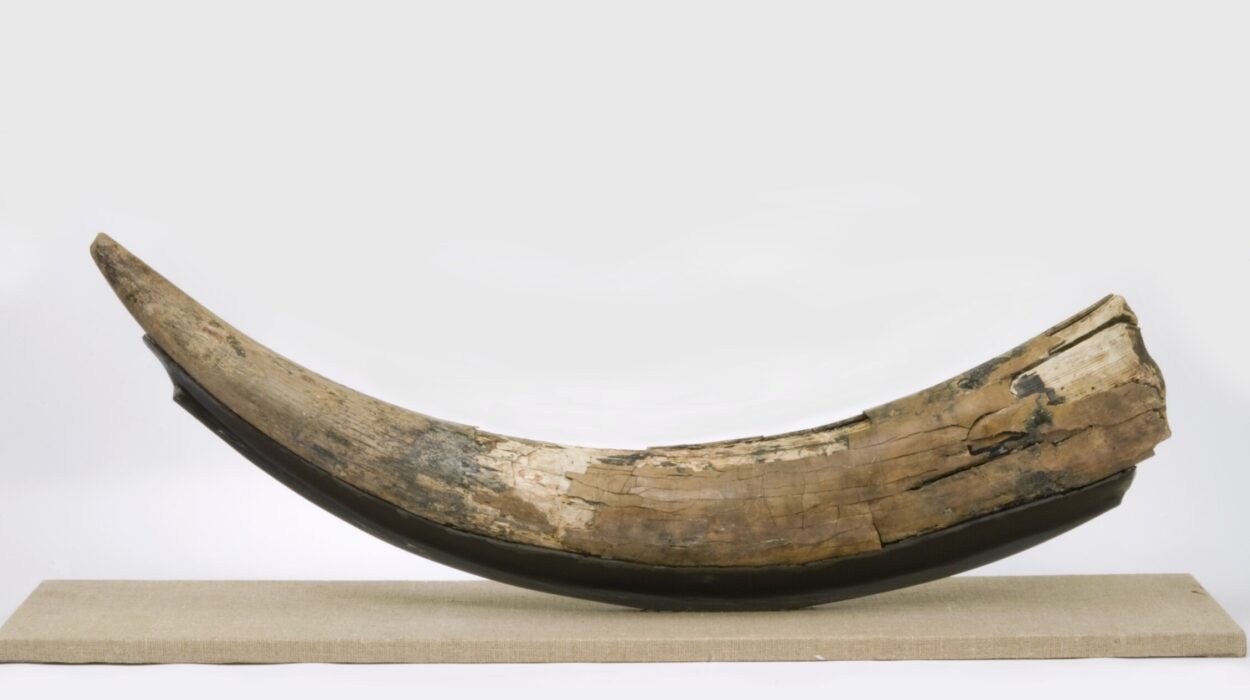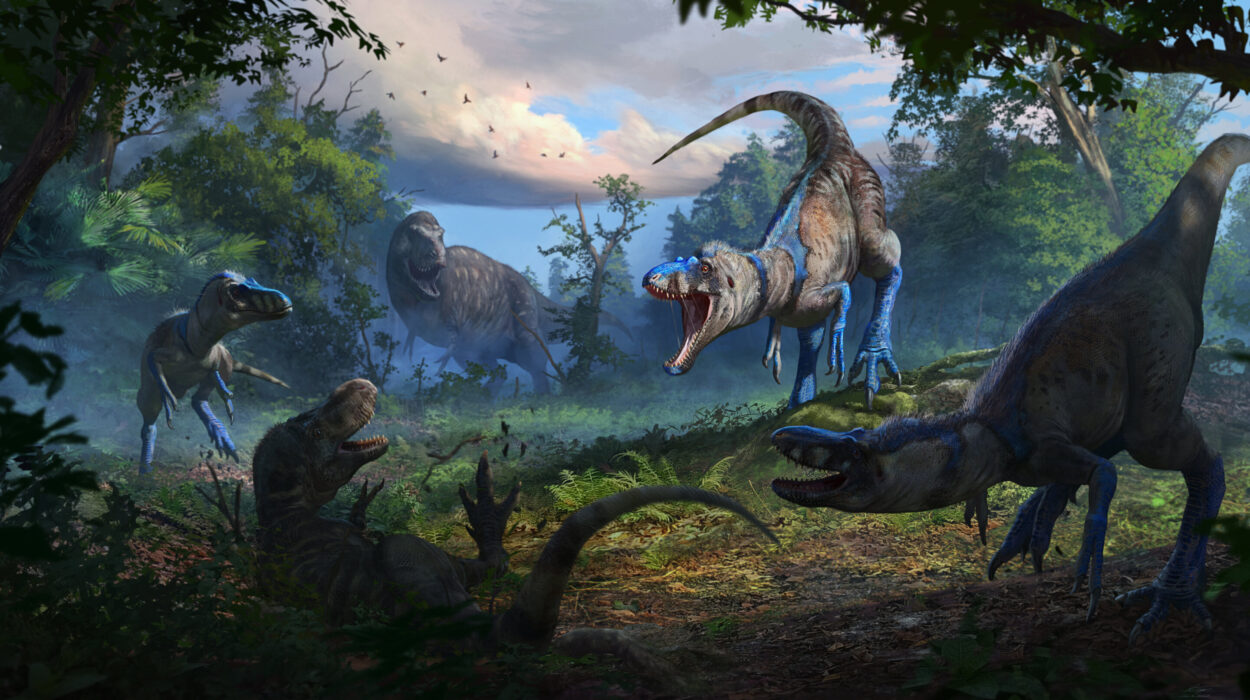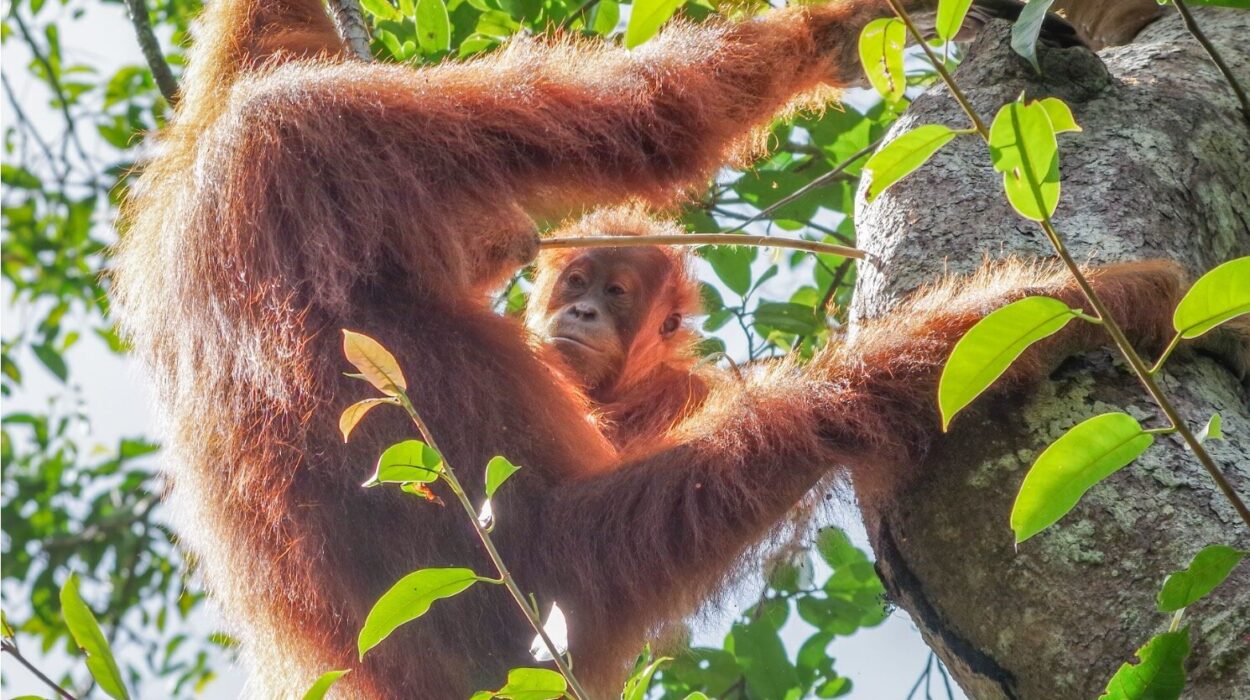Under an unforgiving Arizona sun, where rattlesnakes slide among painted rock canyons and wild horses roam the ochre hills, a team of paleontologists stumbled upon a portal to a forgotten world. What they unearthed would become a breathtaking chapter in the story of life on Earth: the oldest known pterosaur ever discovered in North America—a delicate, winged reptile that once soared above rivers winding through the heart of Pangaea.
In a paper published this week in Proceedings of the National Academy of Sciences, a Smithsonian-led team unveiled the fossilized jaw of this seagull-sized pterosaur, found in the rugged reaches of Petrified Forest National Park. The discovery, along with hundreds of other fossils—including one of the world’s oldest turtles—paints a vivid picture of a vibrant, long-vanished ecosystem dating back 209 million years to the late Triassic period.
A Window into a World on the Brink
Back then, this corner of northeastern Arizona sat just north of the equator, sweltering beneath semi-arid skies and periodically swept by monsoon floods. Rivers twisted and split across the land, carrying volcanic ash and sand that would bury, preserve, and ultimately entomb the bones of the creatures who once drank from their waters.
“It’s a glimpse into a world that was in transition,” said Ben Kligman, lead author of the study and a Peter Buck Postdoctoral Fellow at the Smithsonian’s National Museum of Natural History. “This site captures a pivotal moment where older groups of animals—giant amphibians, armored crocodile relatives—are living alongside newcomers like frogs, turtles, and pterosaurs. It’s the dawn of a new era.”
Yet this was also a world perched on the precipice of disaster. In just a few million years, a cataclysmic wave of volcanic eruptions would tear apart Pangaea, triggering the end-Triassic extinction event. Roughly 75% of Earth’s species vanished, clearing the stage for dinosaurs and their kin to dominate the Mesozoic world.
A Bonebed Born of Catastrophe
The remarkable site where the new pterosaur was found lies within the Owl Rock Member—a rocky layer known for its volcanic ash deposits. For decades, the region had remained largely unexplored, its rugged badlands posing a formidable barrier to even the most determined scientists.
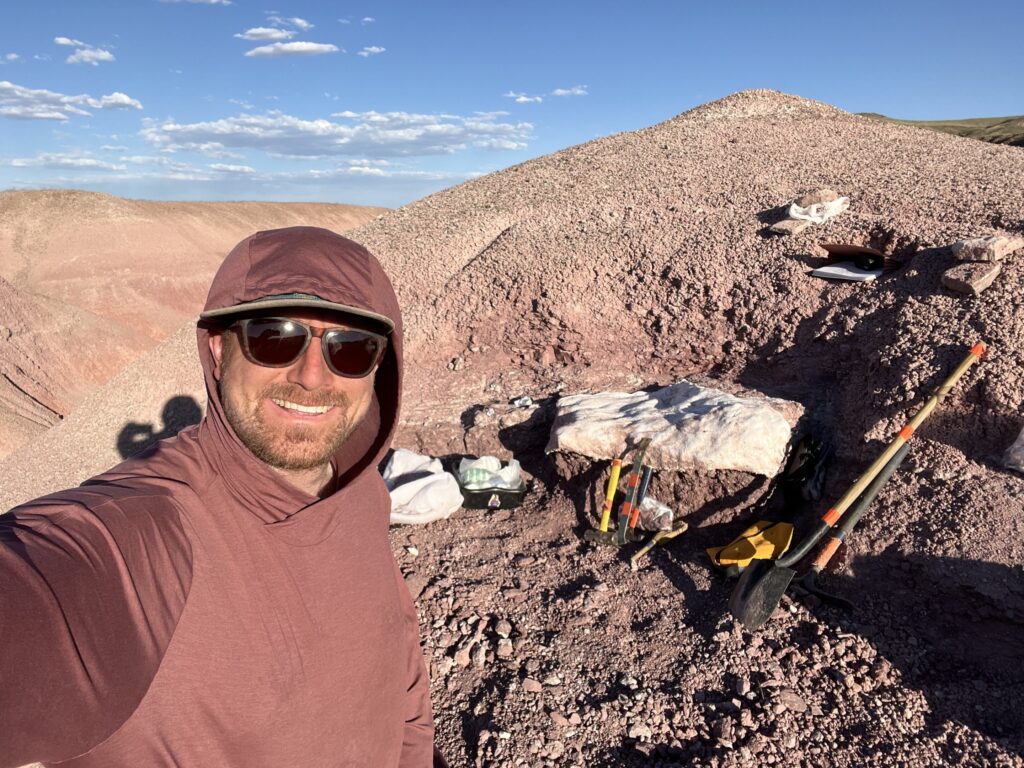
In 2011, curiosity finally overcame caution. Led by research geologist Kay Behrensmeyer, a team from the National Museum of Natural History ventured deep into these badlands, on the hunt for fossils of mammal precursors. Instead, they stumbled upon an entire Triassic ecosystem hidden in a bonebed.
“That’s the fun thing about paleontology,” said Kligman, who began working on the site in 2018 as part of his doctoral research. “You go looking for one thing, and you find something else that’s incredible that you weren’t expecting.”
The bonebed is so densely packed with tiny fossils that excavating them in the field was nearly impossible. Instead, the team encased blocks of sediment in plaster jackets and hauled them back to the Smithsonian’s FossiLab in Washington, D.C.
There, under bright lights and patient hands, volunteers spent thousands of hours peering through microscopes, painstakingly freeing bone from stone. The clink of chisels against rock rang through the lab, watched by museum visitors who glimpsed paleontology unfolding in real time.
Secrets Unlocked, One Grain at a Time
Piece by piece, the ancient world emerged. More than 1,200 fossils—including bones, teeth, fish scales, and fossilized droppings—surfaced from the sediment. Sixteen different groups of vertebrates were identified, revealing a tangled ecosystem teeming with life.
In the rivers swam freshwater sharks and coelacanths, while giant amphibians, some stretching up to six feet long, lurked in the shallows. On land, armored reptiles stomped through muddy floodplains, and sleek, crocodile-like predators patrolled for prey. Amid these giants scurried smaller, more familiar creatures: early frogs, tuatara relatives, and a turtle small enough to fit inside a shoebox, armored with spikes like a living fortress.
“This suggests that turtles rapidly dispersed across Pangaea,” Kligman said. “It’s surprising for an animal that isn’t very large and likely moved at a slow pace.”
The Ash-Winged Dawn Goddess Takes Flight
But the true gem of the discovery lay in a tiny fossil that turned up in the FossiLab. One day, volunteer preparator Suzanne McIntire, who has dedicated nearly two decades to the lab’s work, spotted a slender bone emerging from a block of Triassic rock. As she carefully revealed the fossil, she noticed the teeth were still set in the jaw—a paleontologist’s dream.
“What was exciting about uncovering this specimen was that the teeth were still in the bone, so I knew the animal would be much easier to identify,” McIntire said.
What she’d found was the lower jaw of a previously unknown pterosaur species—a creature whose ancestors were the first vertebrates ever to evolve powered flight. This tiny pioneer, barely the size of a seagull, once glided above rivers brimming with fish and amphibians, perhaps swooping low to snatch armored fish from the surface.
The team named the new species Eotephradactylus mcintireae. Its name means “ash-winged dawn goddess,” a tribute both to the volcanic ash in which it was buried and to its place near the base of the pterosaur family tree. The species name honors McIntire, the FossiLab volunteer whose sharp eyes brought it into the scientific spotlight.
Wear patterns on the creature’s teeth suggest that Eotephradactylus likely preyed on the armored fish abundant in its ecosystem—a predator perfectly adapted to its watery, tumultuous world.
A Story Still Unfolding
The discovery of Eotephradactylus mcintireae helps fill a crucial gap in the pterosaur fossil record. Until now, most of the oldest pterosaur fossils came from Europe. This new species pushes back the record of North American pterosaurs, revealing that these winged reptiles were already spreading across Pangaea even before the dawn of the Jurassic.
“Direct evidence of this transition on land is very hard to come by,” said William Parker, a paleontologist at Petrified Forest National Park and co-author of the study. “This discovery tells us these animals were living side by side in the same ecosystem, right before the great extinction that would transform the planet.”
Eotephradactylus and the creatures of the Owl Rock bonebed remind us that history often lies hidden under our feet, waiting for floods, erosion—or patient fossil hunters—to bring it to light.
The Smithsonian team continues its work, eager to see what secrets the bonebed might yet hold. In the sandstone silence of Arizona’s badlands, the bones of ancient creatures whisper of lost worlds and fragile moments of transition—echoes of dawns long past, still unfolding under desert skies.
Reference: Kligman, Ben T., Unusual bone bed reveals a vertebrate community with pterosaurs and turtles in equatorial Pangaea before the end-Triassic extinction, Proceedings of the National Academy of Sciences (2025). DOI: 10.1073/pnas.2505513122. doi.org/10.1073/pnas.2505513122
